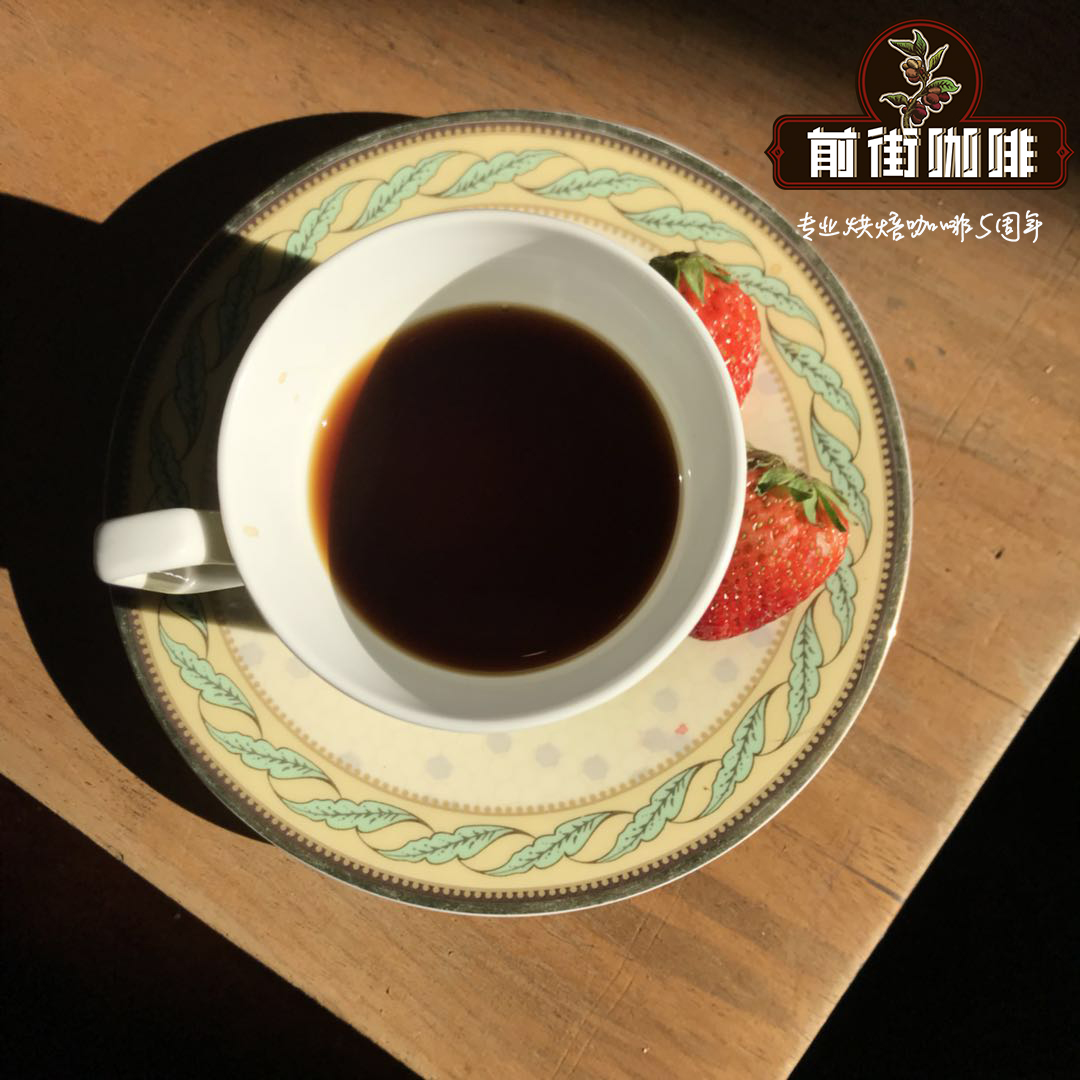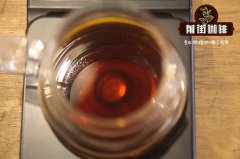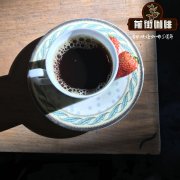Introduction of Ethiopian Coffee Flavor at Lim Kossa Geshe Keshagsi Farm, Ethiopia

Professional coffee knowledge exchange more coffee bean information please follow the coffee workshop (Wechat official account cafe_style)
The Guji producing area in southern Ethiopia is adjacent to the Sidamo and Gedeo areas, with towering mountains, highlands, plateaus, valleys and plains. The geology of the area is a fertile and well-drained volcanic soil with a depth of nearly two meters and a dark brown or brown surface soil. The biggest advantage of the place is that the soil fertility is maintained through the circulation of natural organic matter, using the withered leaves or litter of the surrounding trees and the residual roots of plants as natural fertilizer.
There are eight major coffee producing areas in Ethiopia: Ekempti, Limu, Illubabor, Djimma, Harrar, Teppi/Bebeka, Sidamo and Yirgacheffe.
Ethiopian coffee is highly rated in Taiwan, especially Chinese people are particularly interested in and love the three more famous producing areas of Ethiopia, namely Harrar, Sidamo and Yirgacheffe. The Sidamo producing area (Sidamo) is located in southern Ethiopia. The industry here is dominated by agriculture, and the coffee-growing area is located around the East African Great Rift Valley (Great Rift Valley). The largest town in Sidamo province is Hawassa, which is an important local coffee export distribution center. The coffee flavor of Sidamo is very diverse, because of the different soil composition, regional microclimate and countless native coffee varieties, the coffee produced in each urban area has obvious differences and characteristics. Shakisso is located in the southern part of Guji and Oromia, adjacent to Sidamo and Gedeo. There are many mines in this area, which were used to mine gold in the early days, so there are many potholes in this coffee growing area, which makes it dangerous for people to walk between coffee growing areas. Shakiso is a unique producing area of Guji / Sidamori, even in West Dharma, which is a remote area away from most coffee producing areas, and another famous local product is gold. Miners, land, ethnicity and other factors also destabilized the region in 2006. As a result, the biggest problem facing the region now is that ─ needs manpower to maintain the growing area and harvest coffee. Local small farmers began growing organic coffee in 2001 and work closely with medium-sized coffee producers because they are familiar with how to grow forest coffee in the highlands. The flavor is like the sound of nature, so natural and beautiful-a family heirloom from Kosagesi Farm
Sounds of nature this bean is different from the familiar Yegashifi and Sidamo, and the producing area of Limu (Lim) has only begun to emerge in recent years. Lim is located in the southwest of the Ethiopian capital, which falls between 1300m and 1900m above sea level, while to the south is the Djimma producing area, and this bean 'Teana' It is an ancestral hybrid from Lim's historic farm Kossa Geshe (Kosakesi)!
Keshagsy Farm is located in the south of Lim producing area, at an altitude of 1900m, such a remote place is very difficult to find, and Teana also won the third place of the class.
Qianjie recommended cooking parameters:
Hand punch: V60 filter cup small Fuji R440 grinding 3.5, water temperature about 90 degrees
The recommended grinding degree of normal pressure is 4 and the water temperature is 90 ℃.
The recommended siphon grinding degree is 4, and the water temperature is 90 ℃ ~ 91 ℃.
The pressure grinding degree of Philharmonic is recommended to be 3.5, and the water temperature is 90 ℃.
Important Notice :
前街咖啡 FrontStreet Coffee has moved to new addredd:
FrontStreet Coffee Address: 315,Donghua East Road,GuangZhou
Tel:020 38364473
- Prev

Kongjia Village, Rue, introduces the flavor characteristics of Yega Xuefei coffee.
Professional coffee knowledge exchange more coffee bean information please follow the coffee workshop (Wechat official account cafe_style) Kongjia village is located in the Devil's Heights (Rue) a beautiful name, this highland in Yega Sheffield, the average farmer owns two hectares of land, in addition to growing coffee, they all grow some extra crops such as pineapples, mangoes, bananas and other tropical fruits. Coffee has trees.
- Next

Introduction of Yega Xuefei Kebel Aricha processing Plant introduction to the flavor of Yejia Xuefei coffee
Professional Coffee knowledge Exchange more information on coffee beans Please follow the coffee workshop (Wechat official account cafe_style) Yega Xuefei is a thunderous name in the boutique coffee world, it is located in the highlands of southern Ethiopia, is also a nearby coffee bean distribution center. In addition, it is also produced in Yega Xuefei with rich citrus, lemon notes and floral aromas.
Related
- Does Rose Summer choose Blue, Green or Red? Detailed explanation of Rose Summer Coffee plots and Classification in Panamanian Jade Manor
- What is the difference between the origin, producing area, processing plant, cooperative and manor of coffee beans?
- How fine does the espresso powder fit? how to grind the espresso?
- Sca coffee roasting degree color card coffee roasting degree 8 roasting color values what do you mean?
- The practice of lattes: how to make lattes at home
- Introduction to Indonesian Fine Coffee beans-- Java Coffee producing area of Indonesian Arabica Coffee
- How much will the flavor of light and medium roasted rose summer be expressed? What baking level is rose summer suitable for?
- Introduction to the characteristics of washing, sun-drying or wet-planing coffee commonly used in Mantenin, Indonesia
- Price characteristics of Arabica Coffee Bean Starbucks introduction to Manning Coffee Bean Taste producing area Variety Manor
- What is the authentic Yega flavor? What are the flavor characteristics of the really excellent Yejasuffi coffee beans?

